Discover the ISN’s work of advancing kidney health worldwide over the last six decades through this 60th anniversary commemorative timeline.
1960
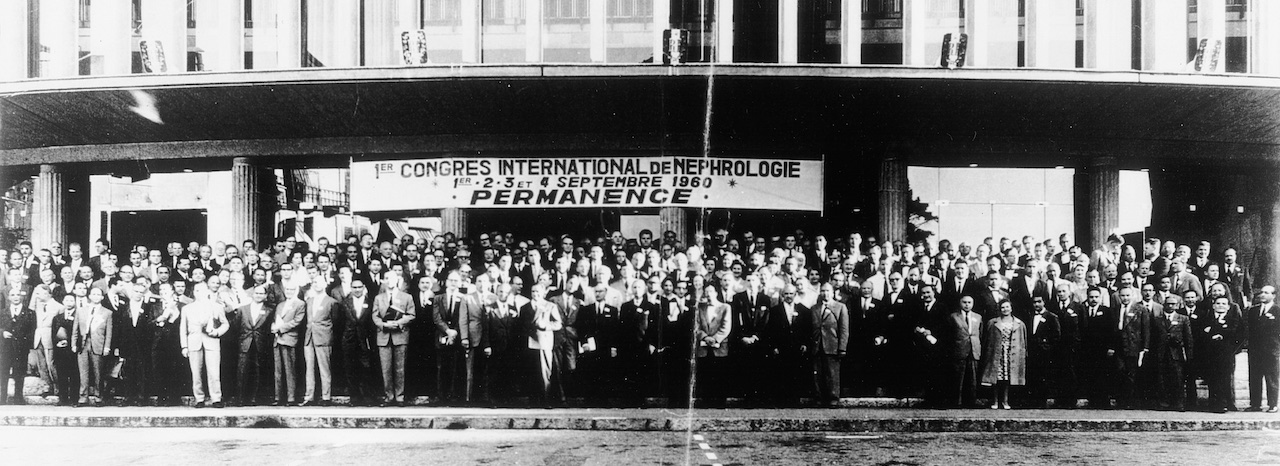
First Congress: Geneva
Jean Hamburger is elected as the first president.
400 delegates attend.

1963
Second International Congress: Prague
The Society’s constitution is reviewed and approved and a house of delegates is created for governance.
Claus Brun is elected President.
George E. Schreiner and Gabriel Richet serve as Co-Editors in Chief.
1966
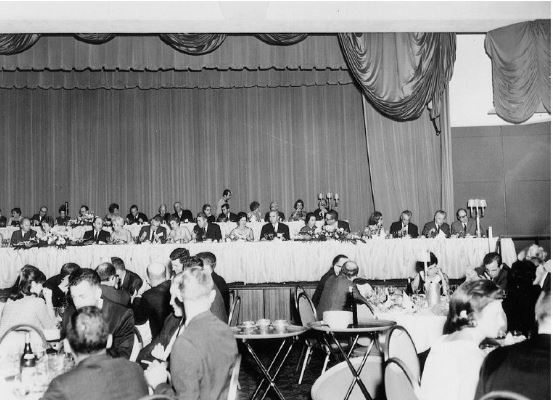
Third International Congress: Washington
624 abstracts are submitted.
John P. Merrill is elected President, the first president from the US.
1969
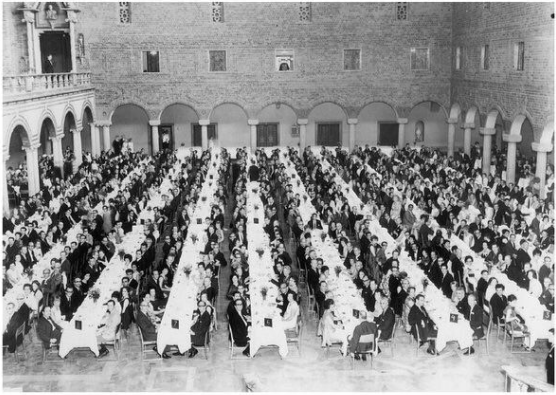
Fourth International Congress: Stockholm
Hugh de Wardener is elected President.
1970
1971
1972
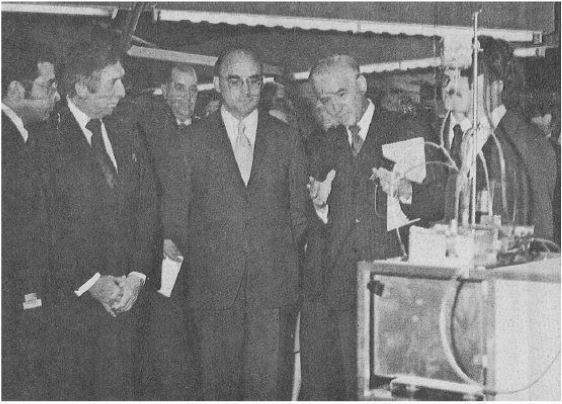
Fifth International Congress: Mexico
1975
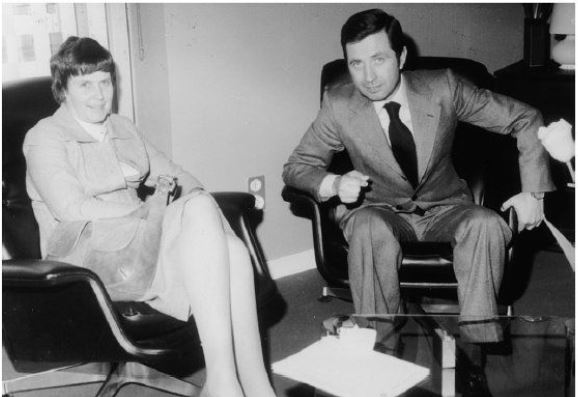
Sixth international Congress: Florence
Nils Alwall is elected as the new President.
1978
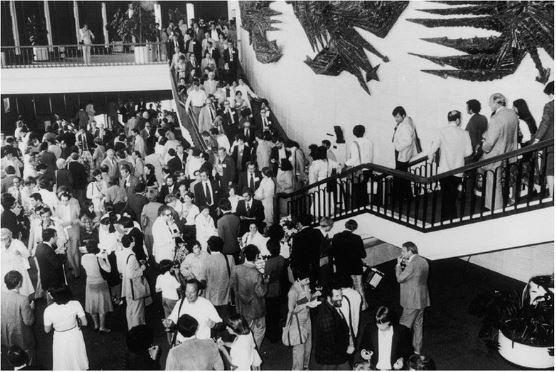
Seventh international Congress: Montreal
George E. Schreiner is elected president.
“Nephrology Forum”, a new feature in KI dedicated to a sophisticated clinical discussion of a specific patient or topic, is announced and soon becomes increasingly popular.
1980
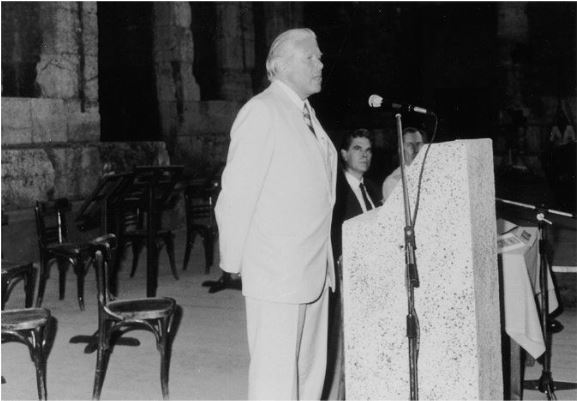
Eighth International Congress: Athens
Gabriel Richet is elected president.
Volumes of Proceedings, published for the Congress, are distributed to medical school libraries in low-income countries.
1984
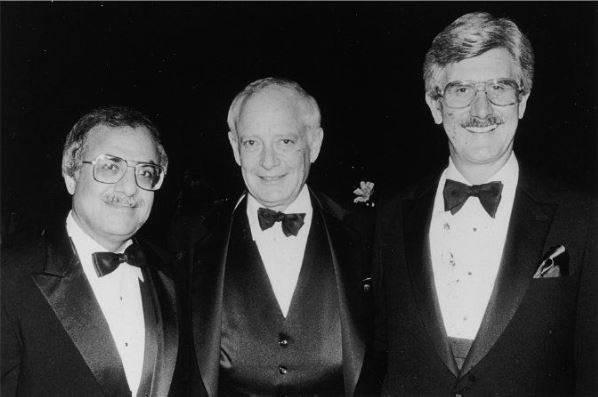
Ninth International Congress: Los Angeles
Discussions take place concerning arrangements for a new educational program, “Forefronts in Nephrology”: conferences designed to accommodate an international mix of active investigators to expose research to other scientific domains.
The design of a new international Fellowship Program for candidates from low-income countries is approved.
An ISN archive is established.
Donald W. Seldin is elected President.
1987
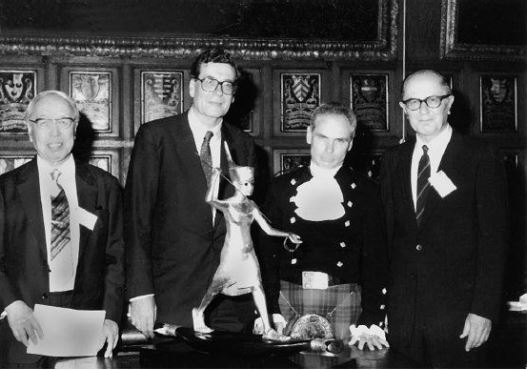
Tenth International Congress: UK
The Jean Hamburger Award and the A.N. Richards Award are presented for the first time.
KI has become the world’s premier Journal in Nephrology.
The decision is made to alternate the office of president between Europe and America to ensure internationality.
Klaus Thurau is elected as President.
1989
1990
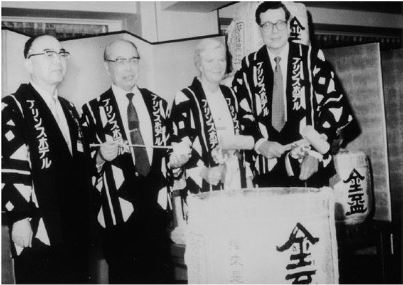
Eleventh International Congress: Tokyo
A record number of satellite conferences are held. 125 travel grants are awarded and the Forefronts Conferences increases its budget to accommodate the travel of young investigators.
Roscoe R. Robinson is elected as President.
1991
1993
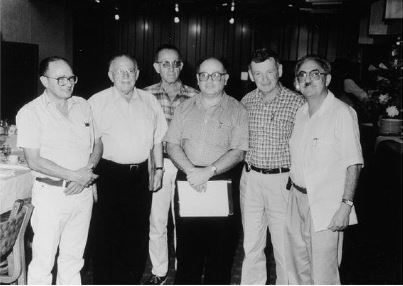
Twelfth International Congress: Jerusalem
A proposal is made to strengthen ties with India.
A Commission is proposed on the Global Advance of Nephrology in low-income countries, which becomes known as COMGAN.
Stewart Cameron is elected President.
1994
1995
Thirteenth International Congress: Madrid
The first Continuing Education Program takes place. ISN fellowship awards of no more than 3-6 months’ duration are granted for the first time.
122 applications to obtain travel grants to attend the following Congress in Madrid are received.
Collective membership is proposed.
It is decided to send at least 250 CD-ROMS of “Nephrology Update” to low-income countries.
Encouragement is made to develop sister partnerships between nephrology centers in low and high-income countries.
Robert W. Schrier is appointed President.
1996
1997
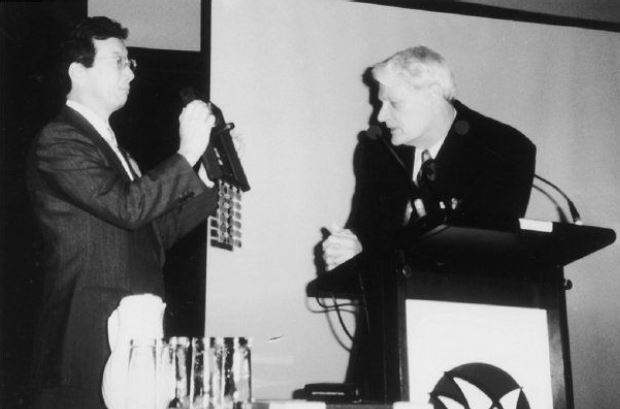
Fourteenth International Congress: Sydney
1998
1999
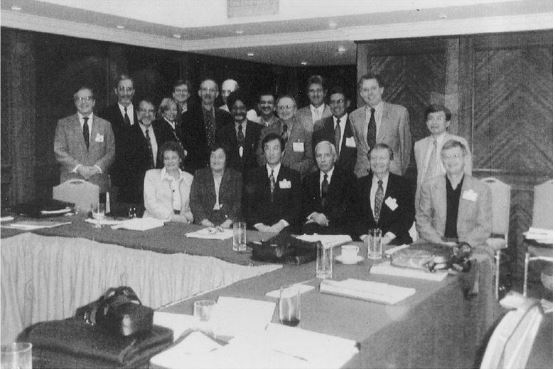
Fifteenth International Congress: Buenos Aires
Thomas E.Andreoli is elected President.
2000

First World Congress of Nephrology
2001
2002
2003
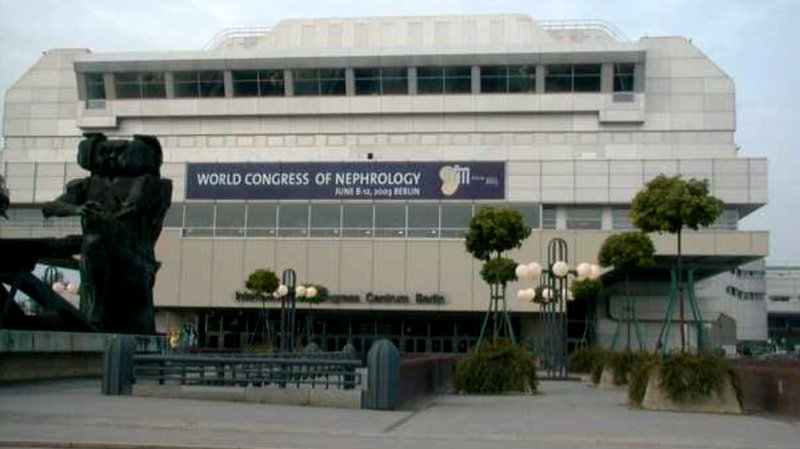
Seventeenth Congress of Nephrology: Berlin
2004
2005
2006
2007
Eberhard Ritz is elected as President. He works on optimizing the membership profile by encouraging young nephrologists to join and consolidating international collaboration including against organ-trafficking.
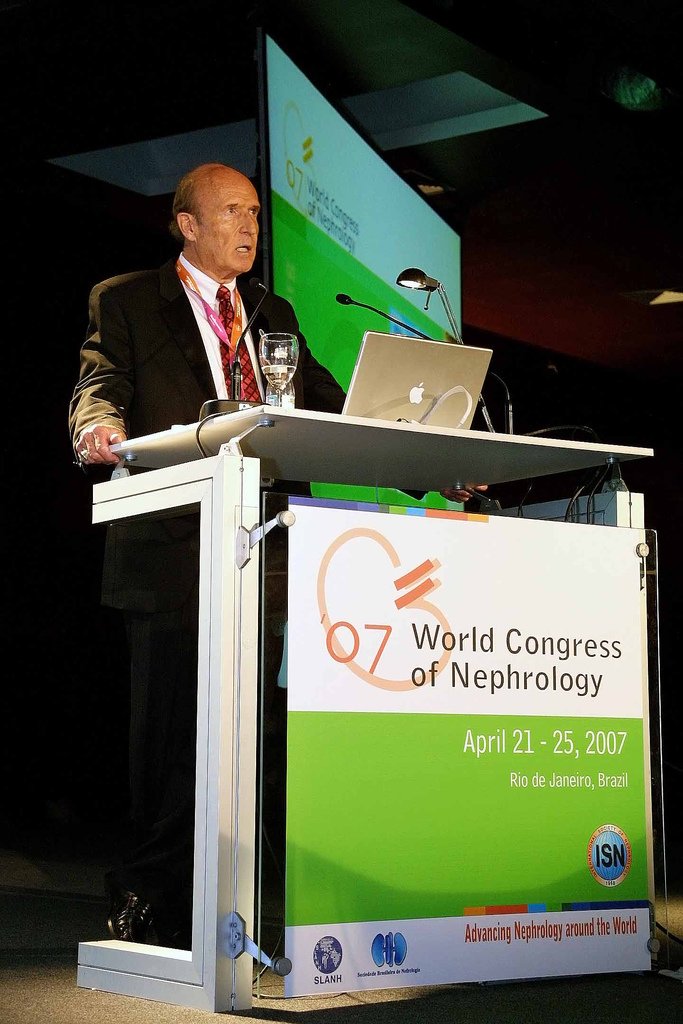
Nineteenth Congress of Nephrology: Rio de Janeiro
The World Congress takes place in Rio de Janeiro. 6200 attend.
A Young Nephrologists committee is launched.
KI podcasts is launched.
2008
A quarterly review of KI is published in Chinese.
The Declaration of Istanbul is created and published.
2009
Bernardo Rodriguez-Iturbe is elected President. He leads the ISN into partnerships with national and international societies and manages the fiftieth anniversary celebrations.
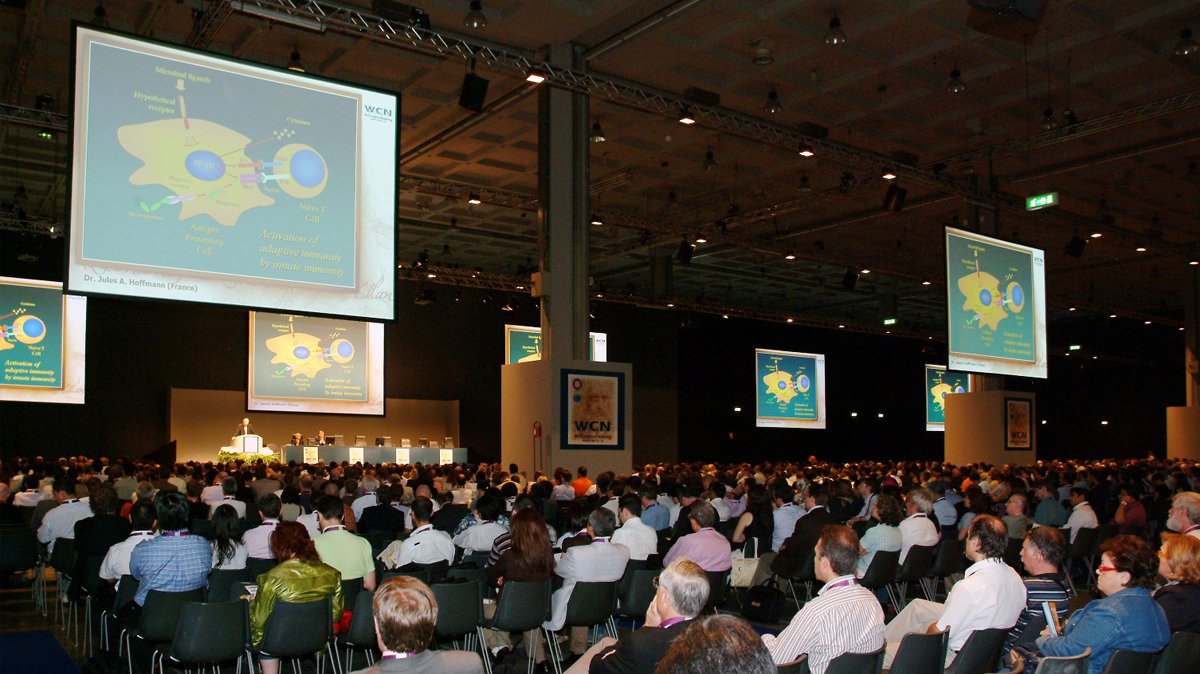
Twentieth Congress of Nephrology: Milan
The World Congress takes place in Milan. Attendance is over 10 000.
The name of COMGAN is changed to “ISN Global Outreach (ISN GO) Program”.
The Education Committee launches the ISN Educational Ambassador Program, a new initiative based on the former Senior Scholar Program.
Nature Clinical Practice Nephrology is renamed as “Nature Reviews Nephrology”.
2011
2012
2013
2016
Jai Radakrishnan becomes its first Editor.
